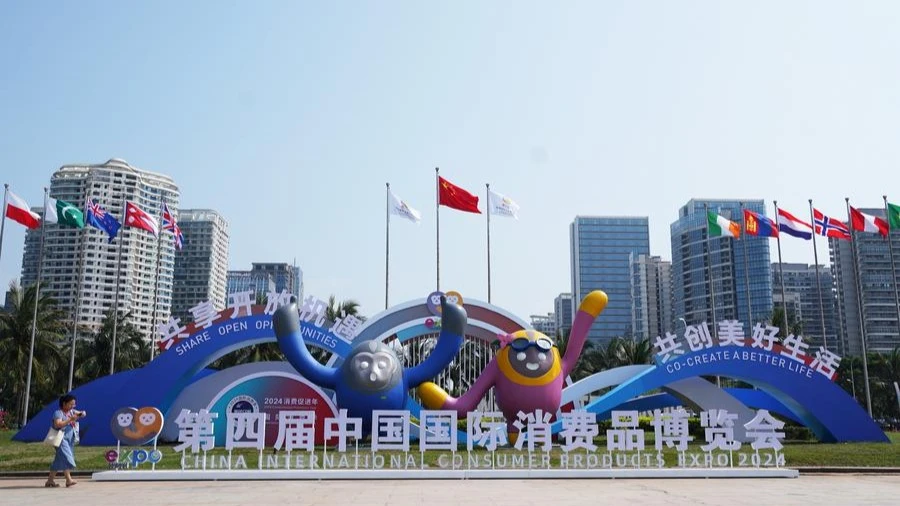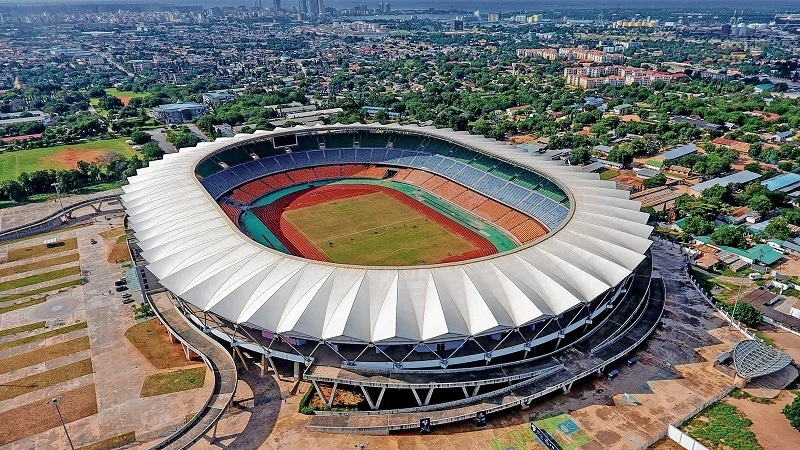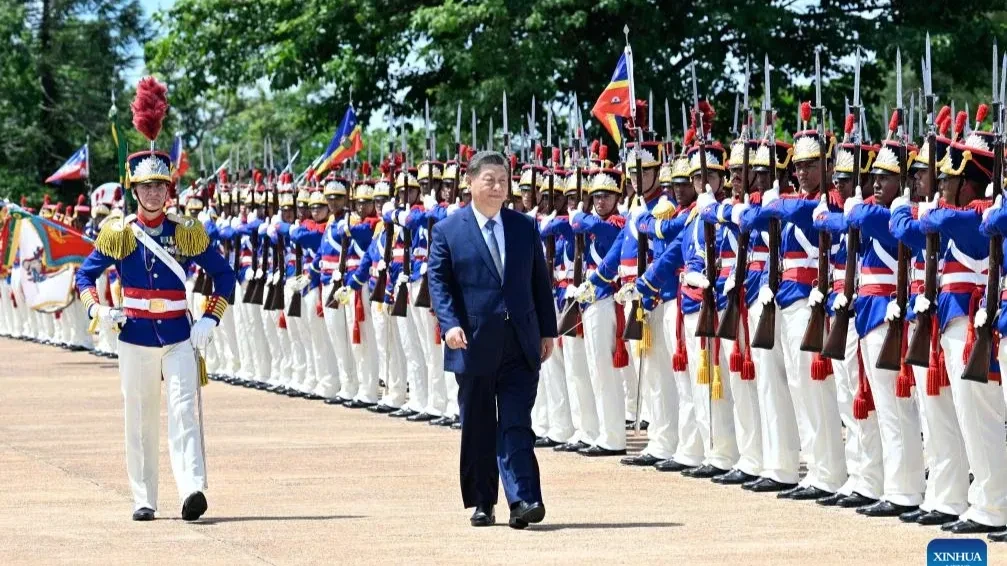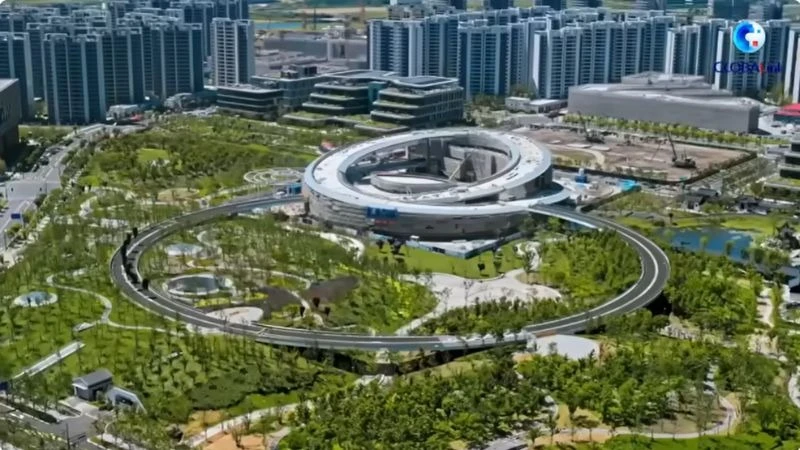Softening inflation poised to stimulate economic growth in India, attract global investments
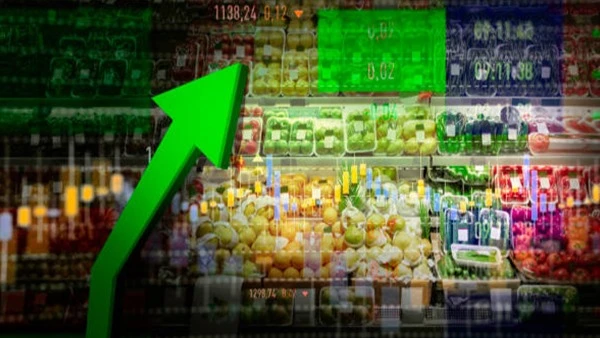
The consistent drop in India’s headline inflation has paved the way for a more accelerated economic dynamics. The reduced cost of doing business will strengthen India’s external sector resilience, improve India’s competitive edge in the global market and enhance its export potential. As inflation softens, India can become an increasingly attractive destination for foreign investments, strengthening its economic position on the global stage.
India’s economy is on a positive trajectory, bolstered by the sustained decline in inflation. In recent months, the inflation rate has softened significantly, providing a favorable environment for economic growth. The Consumer Price Index (CPI) inflation, which had been on a volatile path, has now reached at the six months low levels, falling from 3.65% in August 2024 to 3.61% in February 2025. This represents a significant improvement in the economic landscape, as it marks a continued downward trend, particularly in the latter part of 2024.
The headline inflation rate in India has been gradually decelerating since October 2024, moving from 6.21% in October 2024 to 5.48% in November 2024, 5.22% in December 2024, 4.30% in January 2025, and 3.61% in February 2025. This consistent drop in inflation has paved the way for a shift in the country’s economic dynamics.
Boost to domestic consumption and production
As inflation eases, there are significant implications for domestic consumption and production. Lower inflation translates into a reduction in the cost of goods and services, which increases the purchasing power of consumers. As a result, demand is expected to rise, both in the short and long term. When inflation remains stable and lower than 4%, it creates a favorable environment for lower interest rates. This, in turn, could prompt the Reserve Bank of India (RBI) to reduce the repo rate, which would have a cascading effect on consumer borrowing costs, making loans more affordable for individuals and businesses.
For producers, a reduction in inflation and a subsequent decrease in interest rates would enhance price-cost margins, improving profitability. This would, in turn, allow businesses to reinvest in expansion, thus creating a scope for employment creation with increased capacity utilization in factories and businesses. The potential for greater employment generation provides a further stimulus to economic growth.
Rural and urban inflation trends
One of the most notable changes in the inflationary landscape is the substantial drop in inflation in both rural and urban areas. In February 2025, rural CPI inflation fell to 3.7%, down from 4.5% in January 2025. Urban CPI inflation also declined, dropping to 3.3% in February 2025 from 3.8% in the previous month. This broad-based reduction is crucial, as it signals that the easing of inflation is not limited to a specific region but is a nationwide trend.
A breakdown of the data shows that the rural year-on-year (Y-o-Y) CPI inflation for February 2025 stands at 3.7%, a noticeable decline from 5.3% in the previous year. Similarly, urban CPI inflation decreased to 3.3% from 4.7% in February 2024. These figures demonstrate a meaningful improvement in the purchasing power of both rural and urban consumers.
The key components of the CPI inflation depict additional insights into the underlying factors contributing to the decline. The most significant factor has been the reduction in the prices of food and beverages. This category, which accounts for a large portion of household spending, has seen inflation drop from 5.6% in January 2025 to 3.8% in February 2025. This reduction in food prices will likely have an outsized impact on the overall inflation rate, as food expenses are a large share of both rural and urban household budgets.
Sector-Specific Inflationary Trends
The trend in CPI inflation also indicates a broad-based easing across different sectors, with most categories, except for miscellaneous items, showing inflation rates below 4%. A notable exception is the fuel and light category, which traditionally tends to drive up overall inflation. However, this category has seen a reversal, with inflation now in negative territory. In February 2025, the fuel and light category recorded an inflation rate of -1.3%, which is a significant improvement from previous months. This downturn in fuel prices can provide substantial relief to consumers and businesses, further supporting domestic demand.
Looking at the long-term trend in CPI inflation since May 2021, India has experienced significant volatility. Inflation peaked at 7.8% in April 2022, followed by a decline in 2023. Since then, inflation has gradually softened, culminating in the current rate of 3.61% in February 2025. This pattern reflects the various challenges faced by the Indian economy, including the economic disruptions caused by the COVID-19 pandemic and the geopolitical challenges that continue to shape global trade.
For rural inflation, the trend is similarly volatile. Rural CPI inflation peaked at 8.4% in April 2022 but has now softened to 3.79%. This decline signals that inflationary pressures in rural India, which often face more significant challenges with food prices, have been alleviated to some extent. This shift will likely help improve the livelihoods of rural households and boost their consumption capabilities, leading to broader economic benefits.
Urban CPI inflation, too, has seen a downward trajectory. It reached a high of 7.3% in September 2022 and has since fallen to 3.3% in February 2025. The urban sector, which is more sensitive to inflationary pressures in sectors like housing, transportation, and education, has benefited significantly from this inflationary decline.
Implications for India’s Economic Outlook
India’s economy remains resilient, even amid global uncertainties. Several key economic indicators point to a robust performance. For the fiscal year 2024-25, the GDP growth is projected to be 6.5%, a promising figure that reflects the strength of the domestic economy. Moreover, during the April-December 2024 period, core infrastructure and the Index of Industrial Production (IIP) grew at more than 4%, while exports rose by over 6%. Bank credit also grew by around 15%, and GST collections grew at more than 9%. These figures reflect positive momentum across multiple sectors of the economy.
Looking ahead, the continued fall in inflation is expected to drive further economic activity. The improved supply chains, coupled with expected bumper rabi crop harvests, will provide boost to both agricultural and industrial production. This will likely result in higher demand for goods and services, leading to stronger economic growth in the coming quarters.
The positive inflationary conditions will pave the way for potential monetary policy adjustments. The benign inflation outlook is expected to provide the Reserve Bank of India (RBI) with more room to lower interest rates, further stimulating economic activity by making borrowing more affordable for businesses and consumers.
In conclusions, India’s economic outlook remains highly positive, with inflationary pressures continuing to ease. As CPI inflation falls significantly in the recent months, domestic consumption, production, and investments are all expected to see significant boosts. This, combined with favorable factors like improved supply chains and bumper crop harvests, create strong scope for stronger growth in the coming quarters. The inflationary landscape, with most categories below 4%, signals a favorable economic environment for businesses and consumers, and the expected reduction in interest rates. India's economic resilience, coupled with softening inflation, presents a promising horizon for sustained growth in the coming times.
Top Headlines
© 2025 IPPMEDIA.COM. ALL RIGHTS RESERVED





